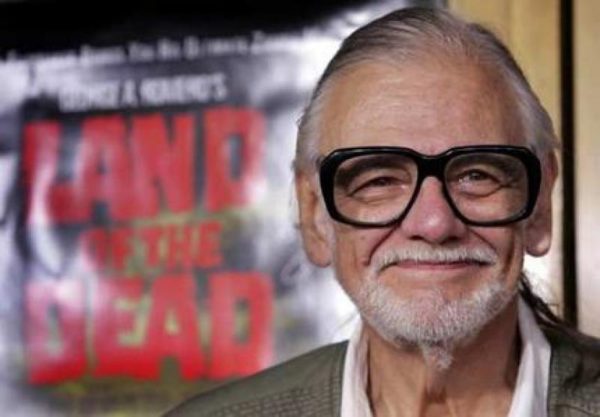American filmmaker George A Romero (February 4, 1940-July 16, 2017) has died at the age of 77, after fighting a “brief but aggressive battle with lung cancer”, according to his manager Chris Roe. Romero, a stalwart of modern horror filmmaking, directed 16 films in a career spanning four decades. His feather in the cap was the Living Dead series, which created the tropes for and defined the modern zombie film genre.
Romero’s zombie films are particularly revered for the way they commented on American society through a B-movie perspective.
The Living Dead series began with the low-budget, black-and-white, independently produced Night Of The Living Dead (1968). The movie was a marked departure from previous productions: its zombies were flesh eaters as opposed to undead souls ambling around under the spell of sorcerers or aliens.
Most importantly, the zombies were white, middle-class people who, after being reanimated, began to terrorise their neighbours. This was a turnaround from films that drew from the Haitian zombie tradition and featured black characters. Through Night Of The Living Dead, featuring a black protagonist who is shot dead by a white policeman, Romero looked at deeply embedded racism embedded in America.
His next zombie film Dawn Of The Dead (1979) is the most well-known installment in the series. The action shifts from rural Pennsylvania to a suburban shopping mall outside Philadelphia. Since Night Of The Living Dead, almost all of Pennsylvania has been taken over by zombies. If Romero criticised race relations in Night Of The Living Dead, he took on American consumerist culture in Dawn Of The Dead. Hordes of zombies run wild in the shopping mall where they have gathered almost instinctively. Like Night Of The Living Dead, the second installment also featured wanton violence, with a generous dose of gore courtesy Tom Savini.
Romero’s subsequent Living Dead films went on to marry his critique of American society with the elements of the zombie film genre that he either devised or improved upon.
Romero’s zombie movies spawned numerous remakes and imitations. But he was displeased with modern zombie fare, which he felt lacked a satirical edge and focused on pure action or horror. He famously called the AMC series The Walking Dead a “soap opera with a zombie occasionally”.
The director also did not take kindly to fast-moving or running zombies and the fact that they departed from their undead origins and were instead a result of a viral epidemic or biological experiment, even though he had explored the very idea in one of his better non-zombie films, The Crazies (1973).
While it was not commercially successful, The Crazies was a competent horror film that extended the us versus them dynamics that were an integral part of his debut feature.
The 1978 film Martin (Romero’s favourite among all his films) looks at society’s reaction to the titular 17-year-old hero who believes he is a vampire. Martin (John Amplas) wants to be free while his granduncle Cuda (Lincoln Mazzel) treats him like an old-world Nosferatu and forbids him from being his age. The local disc jockey calls Martin “The Count”, and Martin becomes a sensation in his neighbourhood.
Romero departed from the horror genre in Knightriders (1981), which looks at the trials and tribulations of a travelling motorcycle troupe. The next year saw the release of his delightfully schlocky anthology film Creepshow, written by ace horror author Stephen King. In the ’90s, Romero’s biggest contribution was Two Evil Eyes, based on Edgar Allan Poe’s stories, which he co-directed with Italian giallo maestro Dario Argento.
Romero also appeared in his films in cameos. The one outside production in which he played a small role was Jonathan Demme’s Silence Of The Lambs (1991). Romero plays a Federal Bureau of Investigation officer keeping an eye on the dreaded cannibal Hannibal Lecter (Anthony Hopkins).






Leave a reply